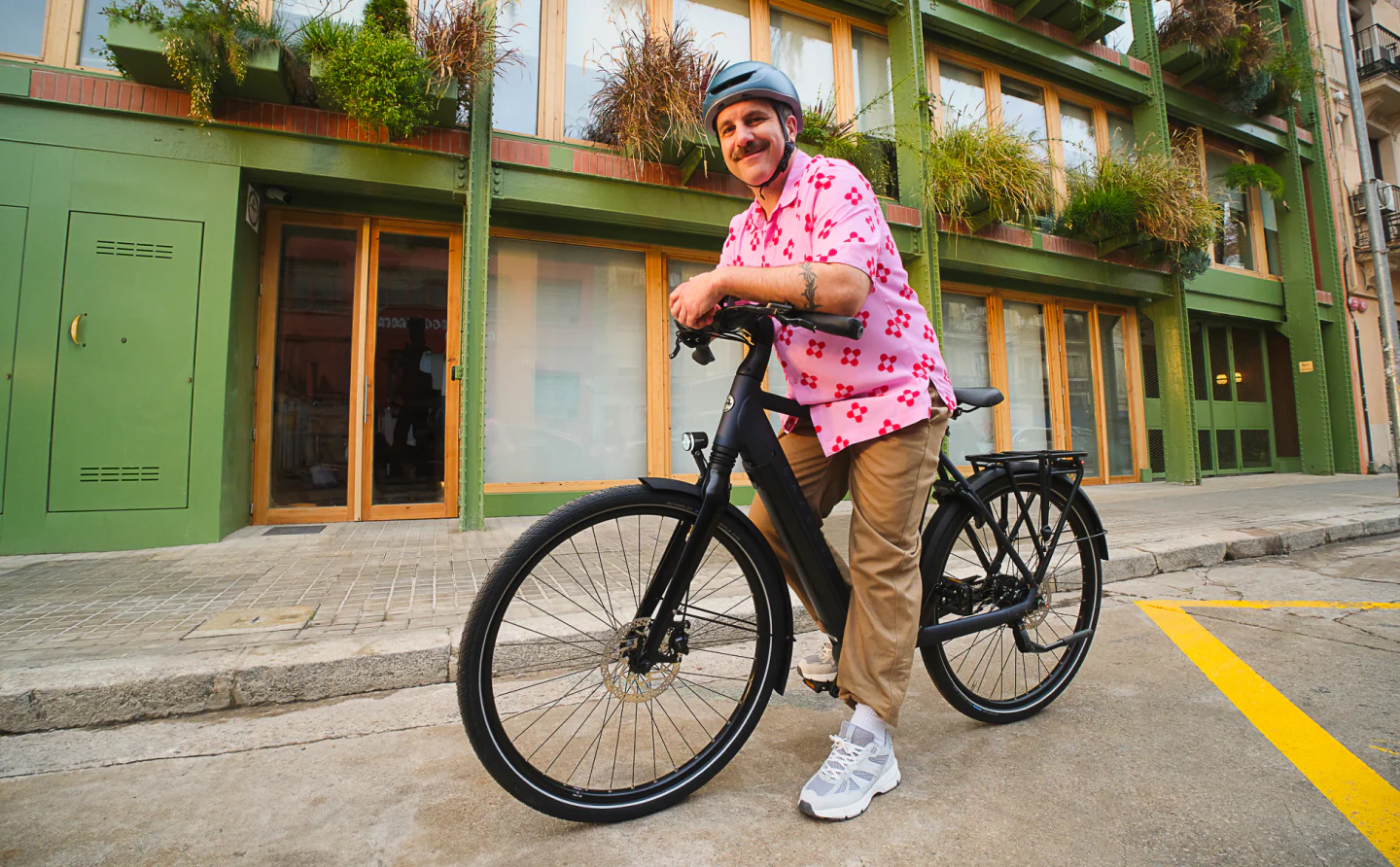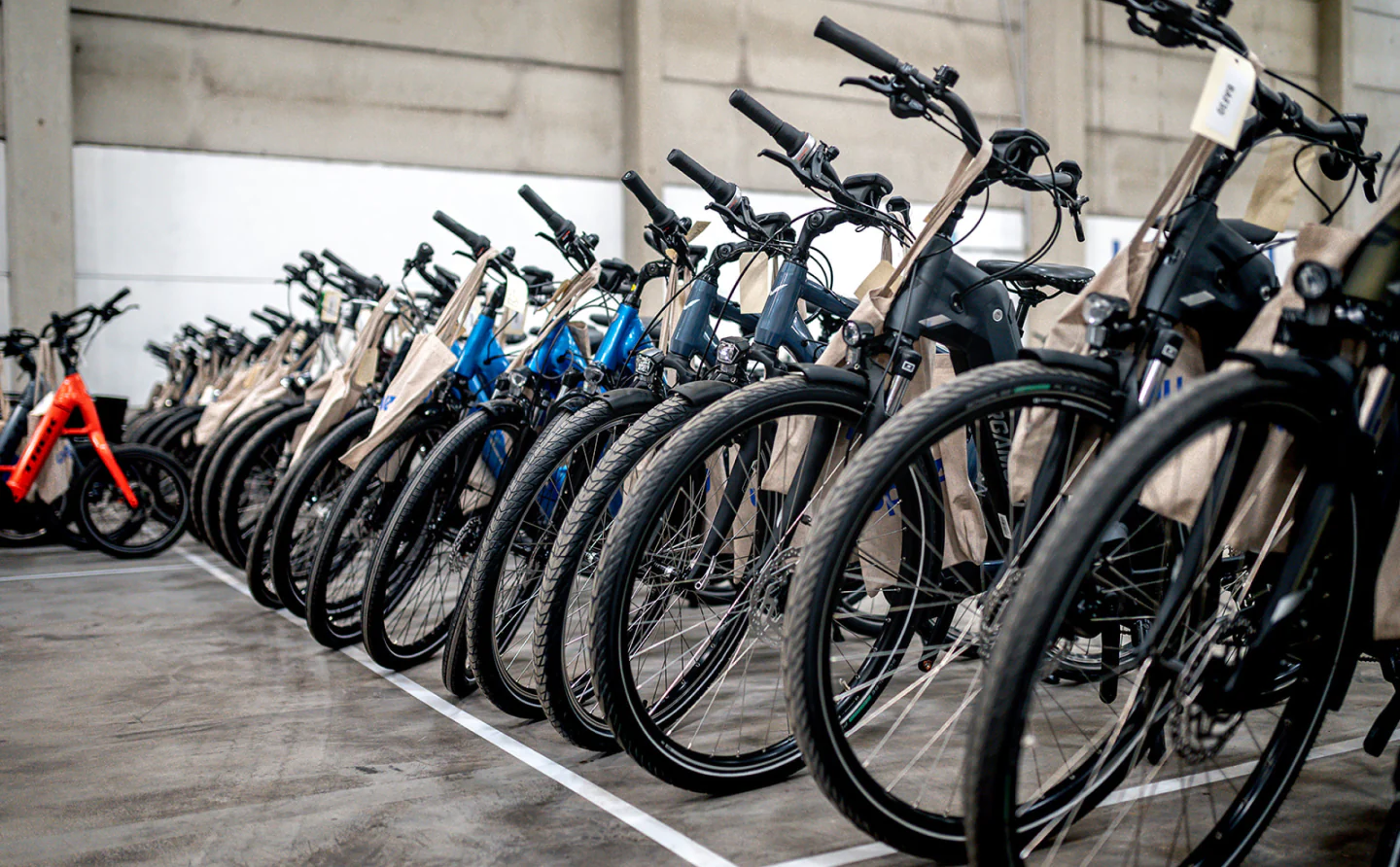California is cracking down on food waste, but its landfills are still filling up with it, producing a potent planet-warming gas.
What's happening?
The state has cut its food waste by 11.3% since a 2016 law took effect, but the ratio of organic waste reaching landfills spiked from 19.6% in 2019 to 27.4% in 2022, per ReFED.
The law was implemented to reduce methane by 40%, hydrofluorocarbon by 40%, and anthropogenic black carbon by 50% from 2013 levels by 2030. It required 20% of food waste from the 2014 level to be recovered for human consumption by 2025, plus a 50% reduction in landfilled organic waste by 2020 and a 75% cutback by 2025.
Livestock and dairy manure management operations were tasked with reducing methane pollution by up to 40%.
In 2022, grocery stores, wholesalers, and other food service companies were required to donate unused food to recovery organizations, Axios reported. This year, hotels, large restaurants, healthcare facilities, and others had to comply as well.
The Golden State still generated over 11 million tons of food waste in 2022, and the rise in the percentage that reaches landfills indicates further problems with organic waste collection efforts.
Watch now: Lime executive reveals true impact sustainable choices have had on business
Why is food waste important?
"Wasting food squanders the resources that go into producing it, with ripple effects on climate resources and the economy," Axios stated, noting food waste accounts for 24% of landfill trash and 6.1% of planet-warming polluting gases in the atmosphere.
The most potent of the greenhouse gases, methane doesn't hang around in the atmosphere as long as carbon dioxide, but it traps 28 times as much radiation over 100 years, according to the Environmental Protection Agency. In the first 20 years, it has 80 times the warming power of CO2, per the Environmental Defense Fund.
Agriculture and livestock also contribute to methane pollution, so reducing demand for globally shipped produce and other foodstuffs, as well as red meat, dials back the damage.
What's being done about food waste?
As Voice of San Diego detailed, California cities are trying to keep up with the law. Last year, more than 100 asked the state to delay the start of the food waste program, which is not supported by state funds.
TCD Picks » Upway Spotlight

While the 2020 deadline came and went without compliance and it looks like California will miss the 2025 mark too, results should start to catch up with the effort. It will take many efforts such as these in which governments, corporations, and individuals work together to realize a cleaner future.
Join our free newsletter for cool news and cool tips that make it easy to help yourself while helping the planet.














